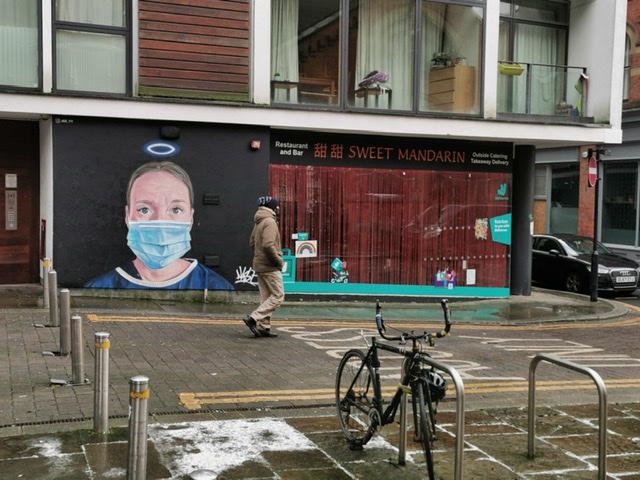The cost of living crisis is deepening inequalities across the country with cities outside the South suffering higher rates of inflation and tighter squeezes on household finances, research from the Centre for Cities has found.
New figures show that large numbers of poorly-insulated housing and heavy reliance on cars is causing inflation to rise much faster in the North, Midlands, and Wales, where it has already reached double figures in some places.
This is disproportionately affecting workers’ finances across the country, as those in the North, Midlands, and Wales face being around £340 a year poorer than those in the South on average.
The concerning findings are published today (Thursday 14 July) in Centre for Cities’ new report, entitled Out of Pocket: The places at the sharp end of the cost of living crisis, which for the first time compares the impact the crisis is having among cities and towns across England and Wales.
The report shows Burnley is the hardest hit, with an inflation rate of 11.5 per cent in May, followed by Blackpool and Blackburn at 11 per cent, and Bradford at 10.9 per cent. In the Midlands, Leicester is among those most affected at 10.8 per cent while in Wales, Swansea has a rate of 10.7 per cent.
Meanwhile, London and Cambridge currently face an annual inflation rate of 8.8 per cent each – nearly 30 per cent lower than in Burnley.
These differences become even more stark when combined with sluggish wage growth across the UK. Latest figures show inflation has made workers in the North, Midlands and Wales £131 a month poorer on average; while workers in the South have lost around £103 a month.
Much of the disparity in inflation rates across the country can be attributed to the fact that the North, Midlands and Wales have higher proportions of poorly-insulated housing and more reliance on cars, which leaves these areas exceptionally vulnerable to increasing fuel prices.
Research shows that eight out of the 10 urban areas with the highest energy costs were located in the North, Midlands, or Wales just before the crisis hit, with some northern cities already paying nearly £400 a year more than urban areas in the South.
In Burnley, where more than 70 per cent of homes have an energy efficiency rating below band C, annual energy bills in 2021 were £1,272 on average. This is significantly more than Southern cities, such as Milton Keynes, where 50 per cent of homes have high energy efficiency and yearly bills were £889 on average. These differences will continue to grow as prices increase.
Centre for Cities Chief Executive Andrew Carter said:
“The entire country has been impacted by the cost of living crisis but our research clearly shows some areas are being hit much harder than others. Worryingly, the North, Midlands, and Wales are struggling with higher rates of inflation that are further squeezing finances and leaving their residents hundreds of pounds worse off.
“These disparities prove that levelling up our cities to tackle spatial inequalities and futureproof the economy is more important than ever.
“In the short-term it is imperative that those most vulnerable are given the support they need to get through this crisis. Even while Westminster’s political situation is uncertain, ministers must act quickly to protect the areas most impacted and ensure they don’t fall even further behind.”







